Finishing Touches For Your Planter
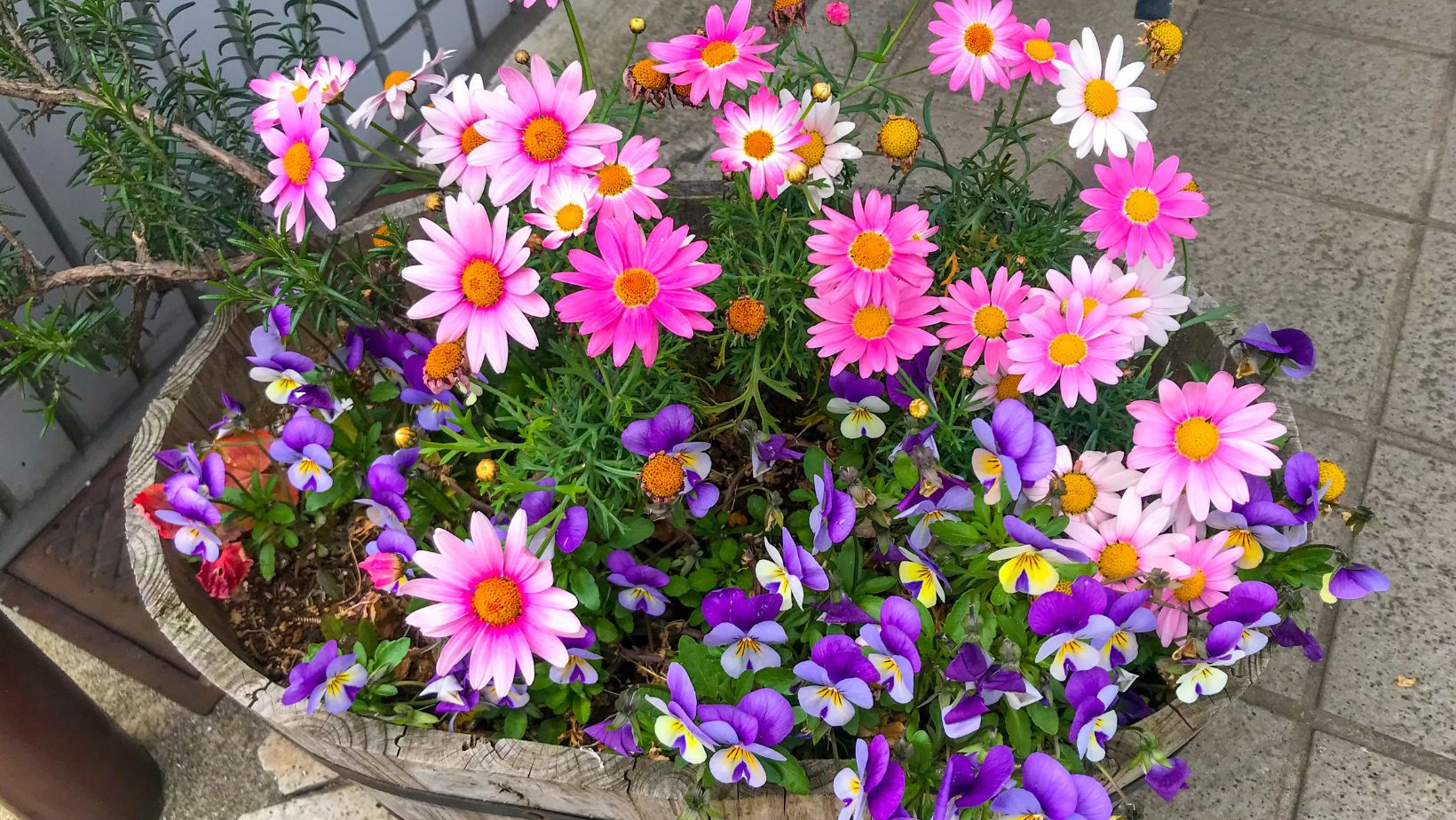
Are you ready to make your DIY planter dreams a reality? Let’s finish off those planters with the perfect touches. From choosing the right size to mastering the art of building on concrete, you’ll be crafting beautiful planters in no time. Unlock your creative potential and get ready for a project like no other!
Elevate the charm of your home with our exquisite window box planters. Perfect for adding a touch of greenery and color to any window, these planters are designed to enhance your curb appeal and bring nature right to your doorstep.
Introduction
When it comes to building planters on concrete, there are a few finishing touches that can make all the difference in the final product. Before deciding on the size of your DIY planter, it’s important to consider the type of plants you want to grow and the amount of space they require. Additionally, choosing the right materials for your planter can ensure its longevity and durability.
When building on concrete, it’s important to add drainage holes to prevent water from pooling and causing damage to both the planter and the concrete surface it rests on. Finally, adding a layer of paint or sealant can not only enhance the aesthetic appeal of your planter, but also protect it from the elements and extend its lifespan. With these finishing touches, your DIY planter can be a beautiful and functional addition to any space.
Creating a planter for your home garden is a satisfying DIY project that can be both fun and rewarding. With the right tools, materials, and techniques, you can build a planter that can bring life and color to your outdoor space.
Building Planters On Concrete How Big Diy
To add the perfect finishing touches to your planter and make it stand out, you’ll need a few materials and tools.
Materials:
- Paint or waterproof sealant: This will help protect your planter from moisture and weather conditions.
- Decorative stones or tiles: To add creative flair to your planter, consider adding decorative.
Preparing the Concrete
Before you start building planters on concrete, it is essential to prepare the surface properly to ensure longevity and stability. Here are the steps to follow when preparing concrete for planter installation:
- Clean the surface – Use a pressure washer or a wire brush to clean the concrete surface thoroughly. Sweep away any debris or dust leftover.
- Level the surface – Check for any uneven areas and make sure to level the surface to ensure proper drainage.
- Apply a coat of sealant – Apply a layer of sealant after cleaning and leveling the surface. The sealant will help to bond the concrete and the planter, preventing any water damage or cracking.
By following these steps, you can have a solid foundation for building beautiful and durable planters on concrete.
Building the Planter
Building a planter is an excellent way to add a touch of greenery and beauty to your outdoor space, especially if you want to grow plants on concrete surfaces. With the right tools and materials, you can create your planter in no time. Here are a few simple steps to guide you on building the perfect planter on concrete.
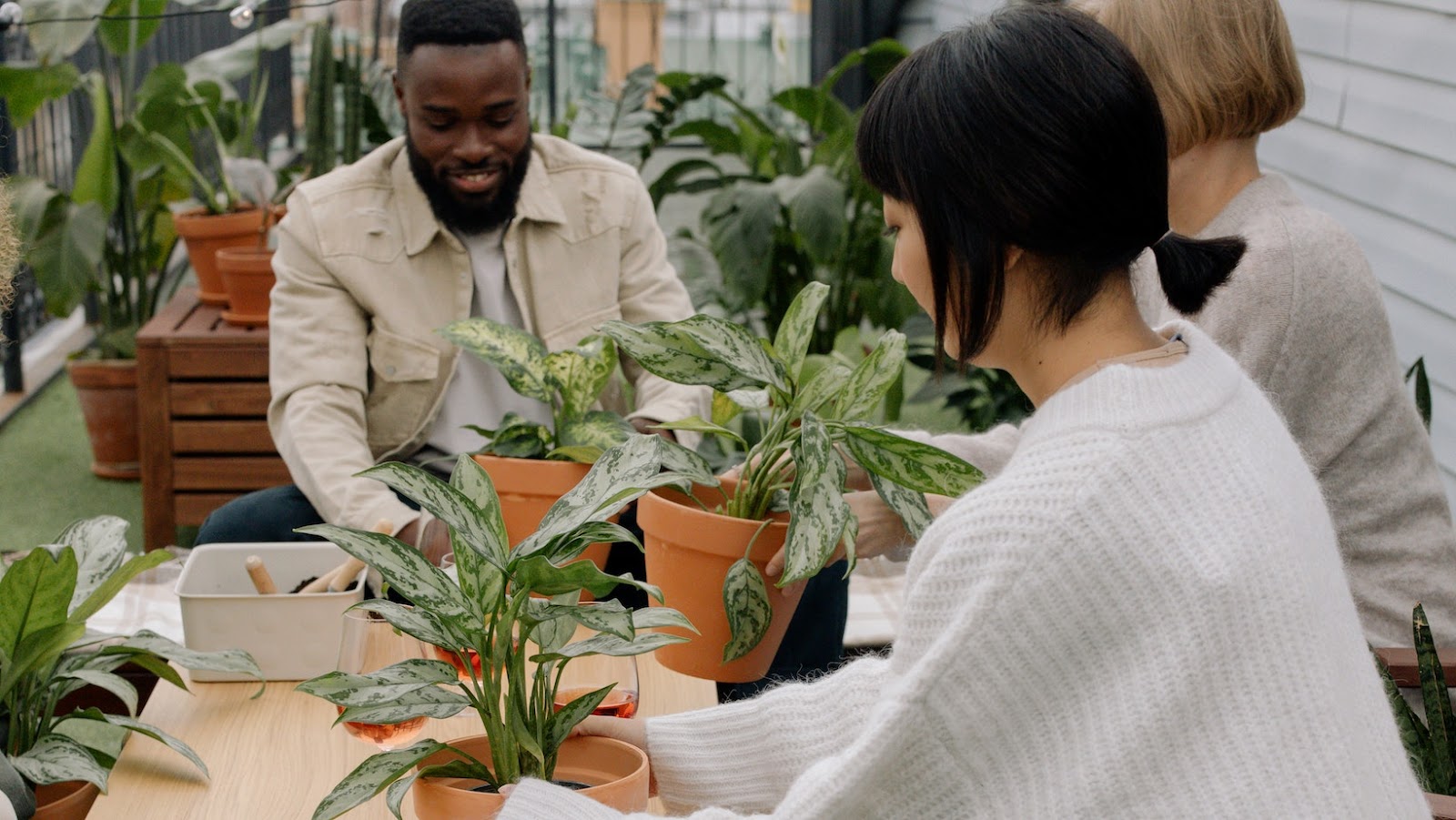
- Measure the dimensions of the space where you want to place the planter.
- Cut the wood boards to the appropriate size using a saw.
- Assemble the wooden boards using wood screws and a drill.
- Place a plastic sheet inside the planter to prevent water damage.
- Fill the planter with soil and plant your favorite plants.
- Finishing touches such as paint, decorative stones, or other embellishments can be added to match your personal style.
- Choose the right type of wood like cedar or redwood as they are resistant to wear and tear and insect infestation.
Adding Finishing Touches
When building planters on concrete, it’s important to add the finishing touches to enhance the overall aesthetics and functionality of your creation. Here are some finishing touches to consider when building your planter on concrete:
- Add a layer of gravel: Before filling your planter with soil, add a layer of gravel at the bottom. This will improve drainage, prevent soil erosion, and regulate moisture levels.
- Use high-quality soil: Invest in good quality soil that contains the necessary nutrients for your plants to thrive. Avoid using regular garden soil, as it’s too heavy and may cause waterlogging.
- Choose the right plants: Consider the size of your planter and the amount of sunlight it receives when selecting plants. Choose plants that suit the height and width of your planter and can thrive in the amount of sunlight it gets.
- Add decorative elements: Add decorative elements like rocks, shells or statues to enhance the overall appeal of your planter. Ensure that the elements you choose complement the plant species and do not interfere with plant growth.
The size of the planter is crucial when determining how many plants you can add. A good rule of thumb is to plant one plant for every 1-2 square feet of planter space. Pro tip: Remember to water and fertilize your plants regularly to ensure their growth and longevity.
Sealing the Planter
Sealing the planter is the final step in finishing your planter, providing protection from water damage and enhancing its longevity. Regardless of whether you are building planters on concrete or making them from scratch, sealing is a necessary process.
When it comes to building planters on concrete, there are a few finishing touches that can make all the difference in the final product. Before deciding on the size of your DIY planter, it’s important to consider the type of plants you want to grow and the amount of space they require.
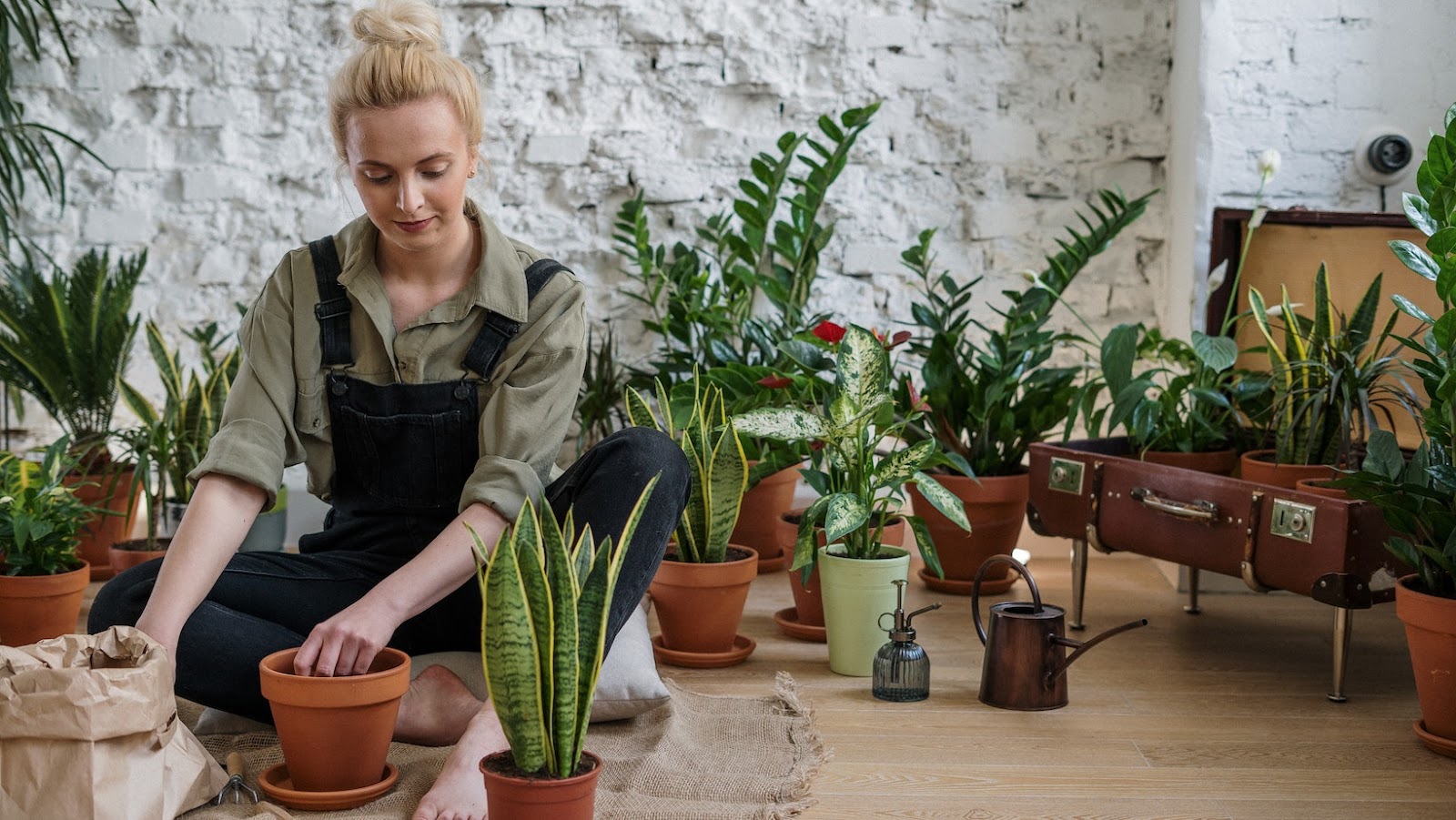
Here are the steps for sealing your planter:
- Clean and dry the planter, ensuring there is no soil or debris.
- Choose a sealant suitable for the material of your planter, such as a polyurethane sealer for wood, or a topical sealer for concrete.
- Apply the sealant evenly with a paintbrush or a spray gun, ensuring complete coverage.
- Allow the planter to dry for the recommended time, as per the sealant’s instructions.
- Repeat the process with a second coat, allowing it to dry again.
Your planter is now ready, protective and safe from any water damage that may occur.
Planting and care are essential for building planters on concrete, regardless of their size or whether you buy them or build them yourself.
Planting and Care
Planting and care are essential for building planters on concrete, regardless of their size or whether you buy them or build them yourself. Here are the finishing touches to keep in mind for optimal plant health and growth:
- Drainage: Ensure that the planter has drainage holes or create them yourself to prevent water from collecting at the bottom and causing root rot.
- Soil: Use a good quality soil mix with nutrients and moisture-retaining properties.
- Plant selection: Choose plants that are suited to the size of your planter and the amount of sunlight it gets. Research the particular needs of each plant to ensure they thrive.
- Watering: Water your plants regularly, keeping in mind their individual watering needs, and be mindful not to over or underwater.
- Fertilizing: Use a fertilizer or compost every few weeks during the growing season, following the instructions on the packaging.
By paying attention to these simple yet crucial steps, you can ensure the long-term health of your plants and a bountiful harvest from your planter on concrete. Pro Tip: Consider adding mulch on top of the soil mix to help retain moisture and reduce weeds.
Conclusion
In conclusion, adding finishing touches to your planter elevates its aesthetic appeal and can make all the difference in enhancing the overall look of your outdoor space. Some tips to consider for building planters on concrete are:
- Use a wider planter to accommodate plant growth and root spreading.
- Add drainage holes at the base of your planter for the excess water to escape.
- Choose plants that suit your climate and sunlight exposure.
- Add a layer of gravel at the bottom of your planter to provide better drainage.
- Use potting soil that is rich in nutrients and retains moisture.
Creating a planter for your home garden is a satisfying DIY project that can be both fun and rewarding. With the right tools, materials, and techniques, you can build a planter that can bring life and color to your outdoor space.

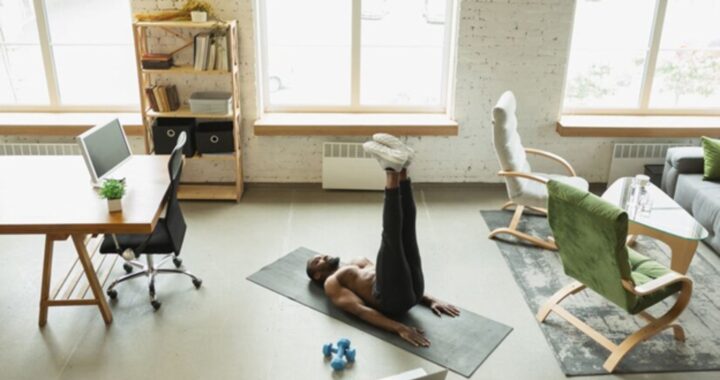 The Home Cocoon: Transforming Living Spaces for Wellness and Efficiency
The Home Cocoon: Transforming Living Spaces for Wellness and Efficiency 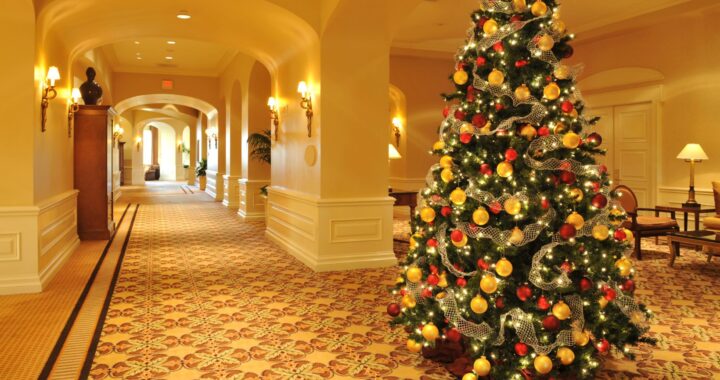 Embrace a Winter Wonderland: Purchase Flocked Christmas Trees for Your Home
Embrace a Winter Wonderland: Purchase Flocked Christmas Trees for Your Home 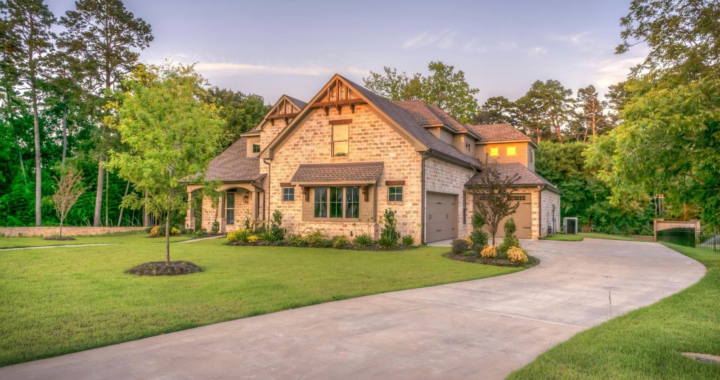 NYSERDA Comfort Home Program: Enhancing Energy Efficiency and Comfort
NYSERDA Comfort Home Program: Enhancing Energy Efficiency and Comfort